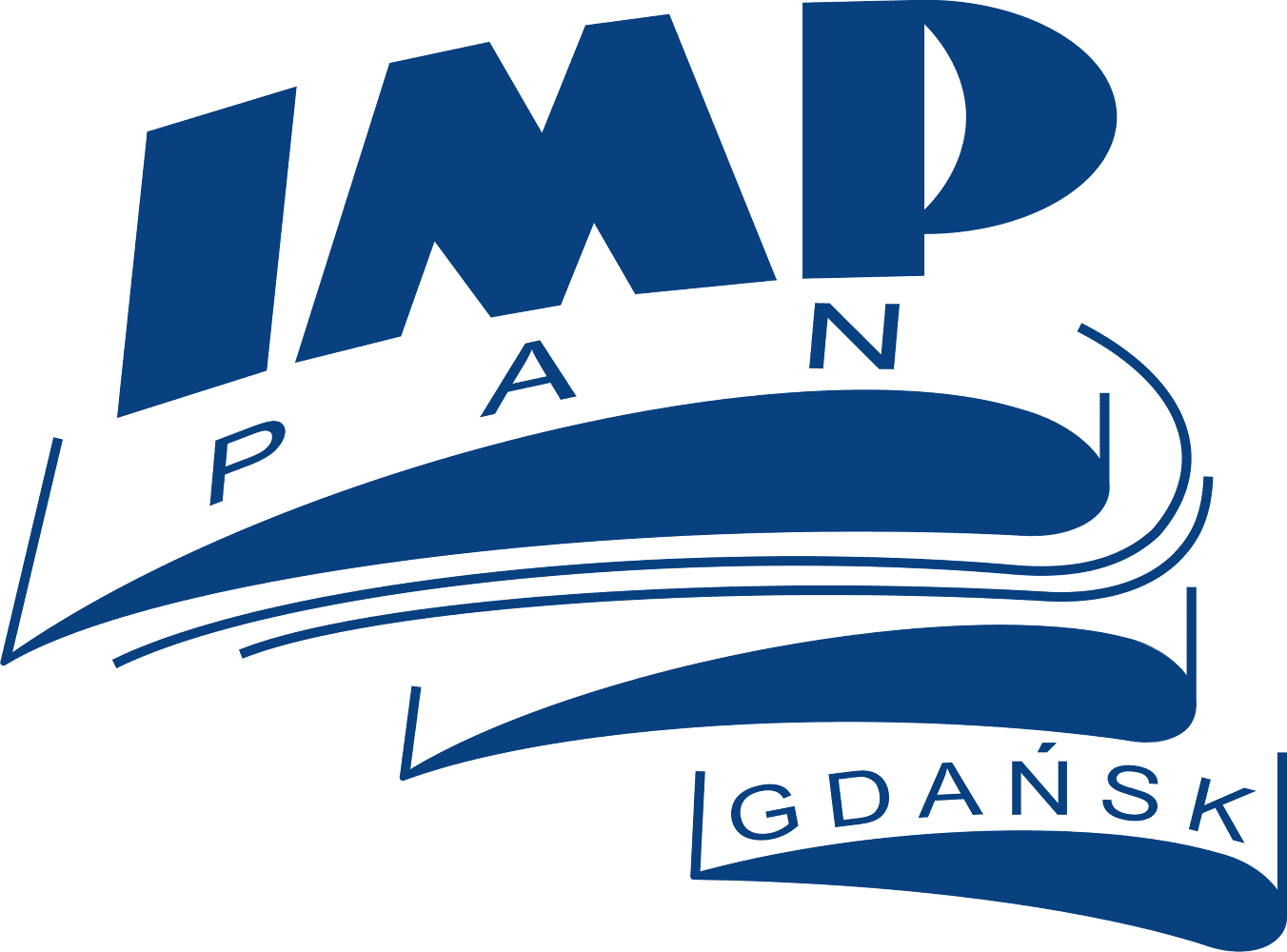Structural health monitoring
Main research group: Prof. W. Ostachowicz, Prof. M. Krawczuk, Dr L. Murawski, Dr A. Zak, Dr P. Kudela, Dr M. Palacz, Dr S. Opoka, Ms K. Majewska, Ms M. Mieloszyk, Mr T. Wandowski, Mr P. Malinowski
The main objective of our research in this area is the development of special finite elements in order to analyse the propagation of elastic waves in structural elements with damage. These special finite elements (spectral finite elements) can be formulated as so-called "frequency domain" spectral finite elements or "time domain" spectral finite elements.
In the case of the frequency domain spectral finite elements they are formulated on the basis of shape functions, which are the exact solutions of the system of differential equations in the frequency domain, governing a particular problem. The exact solutions are used next as interpolating functions in the spectral formulation of the problem. Such an approach guarantees that a built-up model describes appropriately the mass and stiffness distributions within finite elements. As a consequence the "exact" dynamic stiffness matrix is found and as thus the total number of equations of a studied system can be significantly reduced in comparison with the "traditional" finite element approach.
The time domain spectral elements are an efficient and accurate tool which can be successfully applied for simulation of wave propagation phenomena, wave scattering by discontinuities, in 1D, 2D, and 3D structures. The time domain SEM is very versatile and can be used for analysis of elastic wave propagation in isotropic and anisotropic structures of complex geometry. The formulation process of the stiffness and mass matrices in the SEM is analogous to the classical FEM formulation. A key idea of the SEM is adoption of specific shape functions. In an element, a set of local shape functions is defined consisting of Lagrange polynomials and basedon orthogonal Legendre polynomials. Local element nodes are obtained as roots of an equation based on the first derivative of the Legendre polynomial and are defined as Gauss-Lobatto-Legendre (GLL) points. The Lagrange interpolating polynomials pass through the GLL points. In this manner the highest interpolation accuracy is achieved. Thanks to the orthogonality of the approximation functions the mass matrix is diagonal. In this way the cost of numerical calculation is much less expensive than in the case of the classic FEM approach. Transformation to the global coordinate system and the assembly process are virtually the same as in the FEM. Finally, a wave propagation problem is reduced to a well-known ordinary differential equation. The second order differential equation can be solved very efficiently. It is effect of a very fast direct or indirect time integration algorithms adjusted to take full advantage of the diagonal mass matrix property.
As a result of the research carried out new methods have been proposed and developed for modelling and analysis of the propagation of elastic waves in elements of structures. Also new methods have been developed for damage detection and identification, as well as methods for identification of certain mechanical parameters of analysed elements of structures.
New models of spectral finite elements have been developed and published in numerous international journal papers. These models can be applied in studies of the problems of transverse wave propagation in beams and plates with damage in the forms of fatigue cracks. It has been shown that fatigue cracks within these structures are the source of additional reflected waves, and also they reduce the amplitudes of propagating waves. These effects can be utilised as diagnostic symptoms. Also the influence of damping, initial forces and stresses on the amplitudes of propagating waves has been extensively investigated. It has been found that the influence of the initial stresses on the propagation of elastic waves in beams can be neglected in practice - however, the damping has a strong influence in these cases especially in the interface zone of materials having different damping properties.
Besides the main stream of work a problem of the propagation of elastic waves in composite beams, plate or shell structures with or without stiffeners, with cracks or delamination has been studied and some interesting results have been obtained also in this case. These results indicate a strong influence of composite material properties (i.e. lamination angle, relative volume fraction of reinforcing fibres, etc.) on the interaction between the propagating elastic waves and the damage.
Additionally research has been carried out in the area of damage detection methods based on changes in the propagation of elastic waves. It has been found here that the elastic waves can be highly distorted by even small imperfections, which fact has a great significance for successful damage detection. Numerical results obtained in this case have been experimentally verified. The experimental measurements have been conducted in order to investigate the propagation of elastic waves in structural elements made out of composite materials. The measurements have been done in two series. In the first series composite beams have been tested, while in the second series the propagation of elastic waves in composite plates has been investigated.
Damage localisation result using piezos arrranged in a star configuration
The influence of the crack location
on wave propagation in a glass/epoxy beam
Elastic waves travelling in a graphite/epoxy plate
Experimental rig for damage dectection
in structures by propagation of elastic waves






















